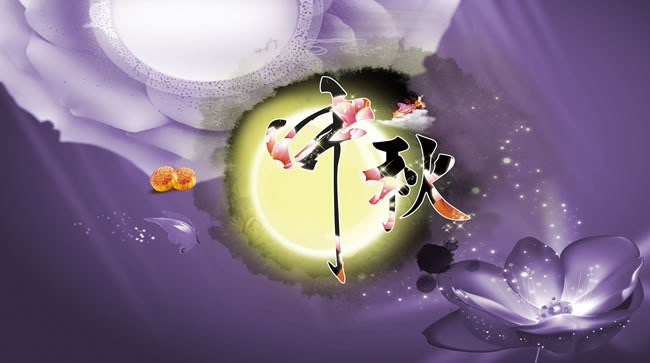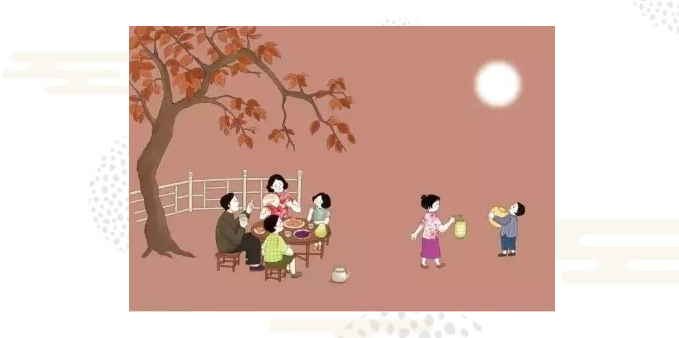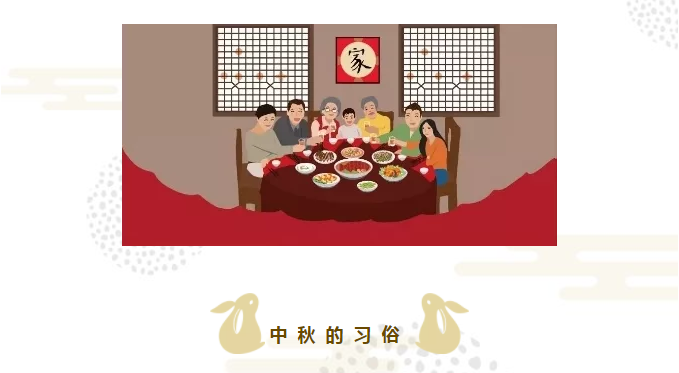yucai chemical wishes everyone a happy Mid - Autumn Festival!

Mid-Autumn Festival, also known as the Moon Festival, Autumn Festival, Mid-Autumn Festival, August Festival, August Festival, Chasing Festival, Moon Festival, Moon Festival, Daughter's Day or Reunion Festival, is popular in many ethnic groups and Chinese cultural circles in China. The traditional cultural festivals of the countries are on the 15th day of the lunar calendar. Because it is just half of the autumn, the name is also set in some places to set the Mid-Autumn Festival on August 16.

The Mid - Autumn Festival began in the early Tang Dynasty and prevailed in the Song Dynasty. By the Ming and Qing Dynasties, it had become one of the traditional Chinese festivals with the same reputation as the Spring Festival. Influenced by Chinese culture, Mid - Autumn Festival is also a traditional festival for some countries in East and Southeast Asia, especially for local Chinese and overseas Chinese. The Mid - Autumn Festival has been listed as a national legal holiday since 2008. On May 20, 2006, the State Council was included in the first batch of national intangible cultural heritage lists. The Mid - Autumn Festival began in the early Tang Dynasty and prevailed in the Song Dynasty. By the Ming and Qing Dynasties, it had become one of the traditional Chinese festivals with the same reputation as the Spring Festival. Influenced by Chinese culture, Mid - Autumn Festival is also a traditional festival for some countries in East and Southeast Asia, especially for local Chinese and overseas Chinese. The Mid - Autumn Festival has been listed as a national legal holiday since 2008. On May 20, 2006, the State Council was included in the first batch of national intangible cultural heritage lists.

First, the full moon The custom of appreciating the moon during the Mid - Autumn Festival was very popular in the Tang Dynasty. Many famous poets have poems that chant the moon. In the Song Dynasty, the Mid - Autumn Festival was even more popular for enjoying the moon. On this day, " your family decorated the terrace and the folk competed for the moon in restaurants". The palace and folk moon worship activities in the Ming and Qing dynasties have taken on a larger scale, and many historical sites such as " moon worship altar", " moon worship pavilion" and " moon tower" have remained throughout China so far. Second, watch the tide In ancient times, in addition to watching the moon on the Mid - Autumn Festival, watching the tides in Zhejiang was another great Mid - Autumn Festival event. The custom of watching the tides on Mid - Autumn Festival has a long history. It was recorded in Mei Cheng's " Seven Hair" Fu in the Han Dynasty in considerable detail. After the Han Dynasty, the Mid - Autumn Festival was more popular. Ming Zhu tinghuan's " supplement to the past of Wulin" and song Wu zimu's " dream Liang Lu" also have records of watching the tide. Third, guessing riddles Many lanterns are hung in public places on the full moon night of the Mid - Autumn Festival. People gather together to guess riddles written on lanterns. Because they are the favorite activities of most young men and women, and love stories are also spread in these activities, lantern riddles have also given rise to a form of love between men and women. Fourth, to admire osmanthus flowers On the night of Mid - Autumn Festival, looking up at the mid-month osmanthus, smelling the gusty Gui Xiang, drinking a cup of osmanthus nectar wine and celebrating the family's happiness have become a beautiful enjoyment of the festival. In modern times, people often use red wine instead.
Contact: David Zhao
Phone: 15617899999
Tel: 0371-64110451
Email: tigeryc1986@126.com
Add: Group 4,Beiwan Village,Beishankou Town,Gongyi District,Zhengzhou City,Henan Province,China